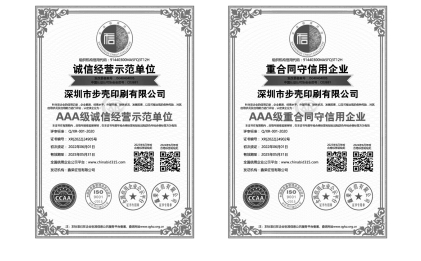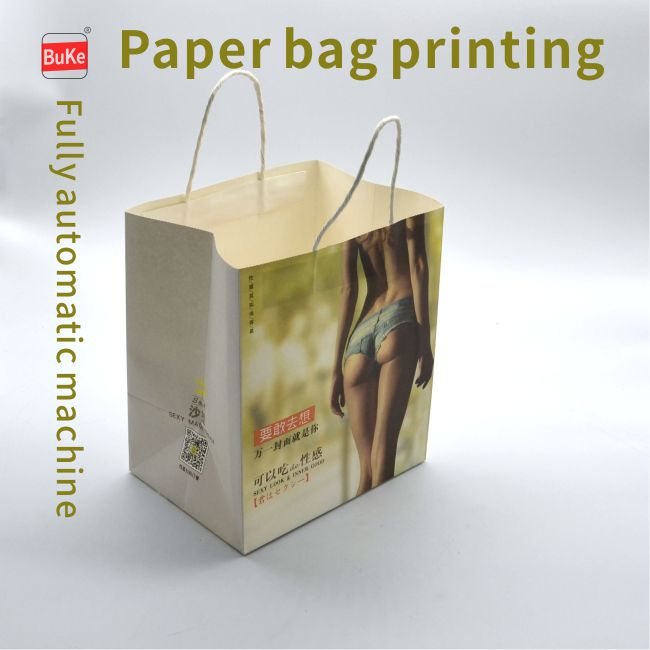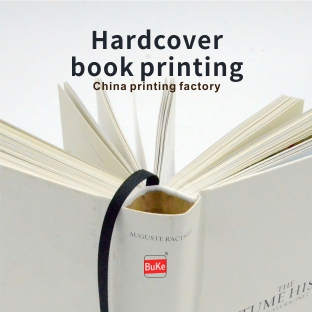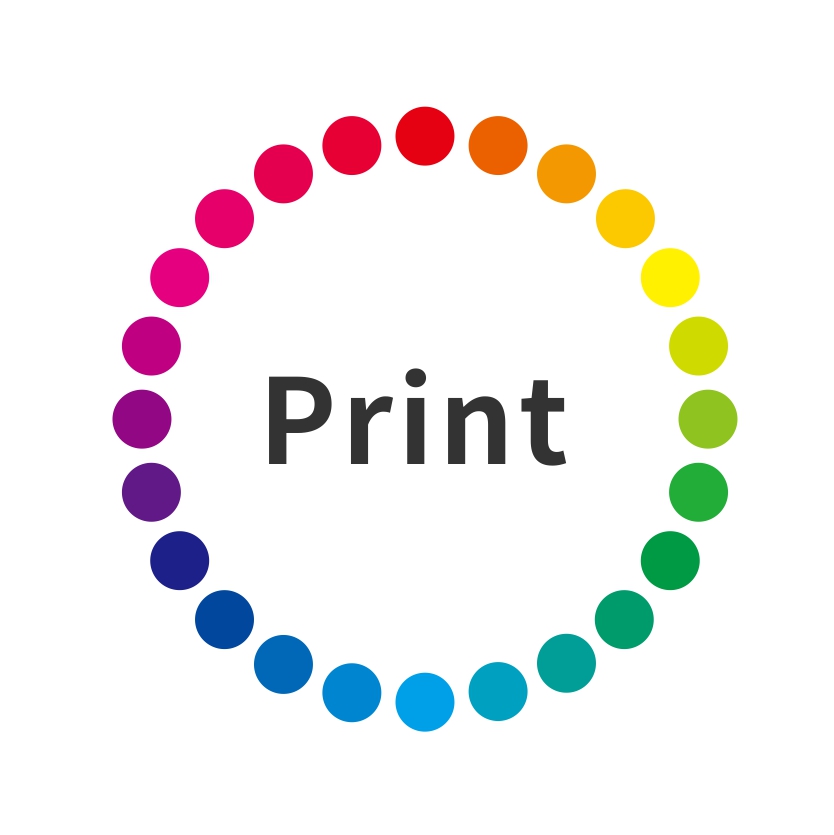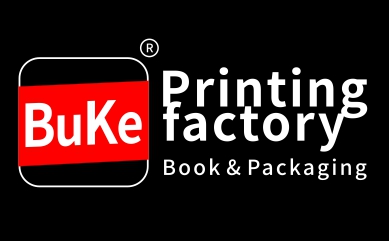The main component of offset paper is plant fiber, which is a hydrophilic material with the characteristics of water absorption expansion and water loss shrinkage. Therefore, when the moisture content of the paper is uneven, it will deform, such as the common phenomena of "ruffled edges" and "tight edges". Another characteristic is that the moisture absorption and expansion of paper are different. The shrinkage, moisture absorption, and wetting of the solution are repeated several times, and the size of the paper becomes smaller and smaller until the same situation occurs. This phenomenon is called the hysteresis effect of paper.

The sensitivity of paper to moisture is greatly reduced, and the stability of paper is also improved. You'd better first understand the characteristics of these papers and then process them before printing. Offset paper is prone to generating static electricity. This type of paper is prone to static electricity, and operators often experience electric shock, especially in the autumn, winter, and dry seasons, where static ignition is more likely to occur.
Paper stretching deformation is a common phenomenon. When reprinting with monochrome printing, it can also occur in the four color colorimetric method, or by dragging the "angle" of the leading edge to align or set the front end higher, or when printing paper at different scales, resulting in many cumbersome sorting processes.
The wrinkling of rolled edge paper printing is mainly due to the serious appearance of "ruffled edges" or "tight edges" on the paper itself. The paper cannot be flattened, resulting in a large amount of waste during printing, otherwise the rainy season will be particularly severe.
To avoid the above issues, offset paper must undergo the following processing before printing. Hanging clothes is widely used in various printing methods. By increasing the temperature and humidity of the air in the paper and printing workshop, the sensitivity of the paper to the environment can be reduced, allowing the paper to fully absorb moisture in the air, achieving a uniform and smooth surface.
The humidity in the paper room is slightly higher than that in the printing workshop, allowing the paper to fully absorb moisture, fully utilize its hysteresis effect, and deform before printing. Please note that the humidity should not be too high. Excessive humidity can reduce the hardness and surface strength of the paper, causing the paper powder to fall off. Therefore, it is recommended to control the relative humidity at around 70%.
The problem of wet paper can be solved by hanging air, while the static electricity of paper can be solved by deformation and folding of the paper. It would be better if you put the paper in the correct place. Dry and dehumidify. Closed drying room, equipped with dehumidification equipment to solve rainy weather problems. The humidity in the workshop has sharply increased. When printing on the printing side, due to deformation around the paper, it cannot be printed on the back. It can be placed in a drying room to dehydrate, flatten, and straighten the paper, which is beneficial for printing.






